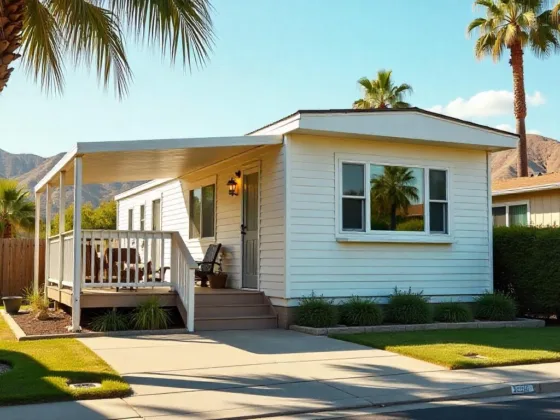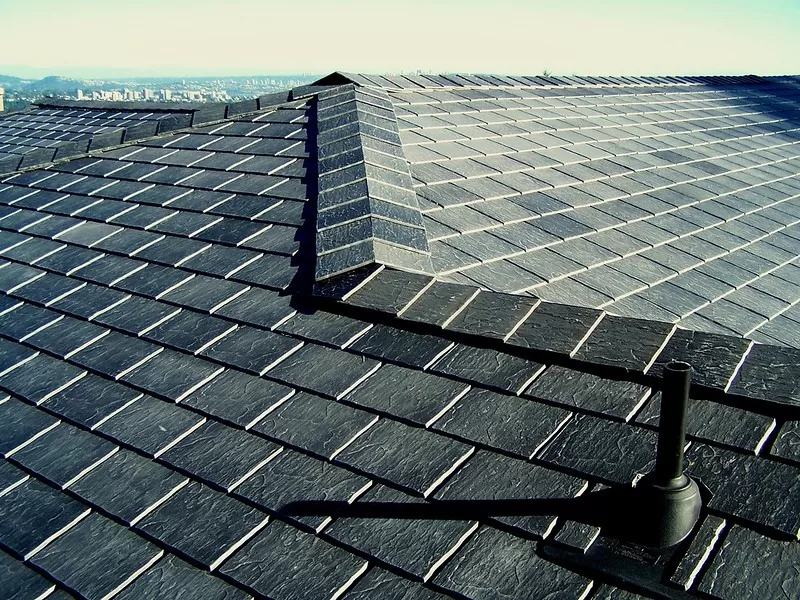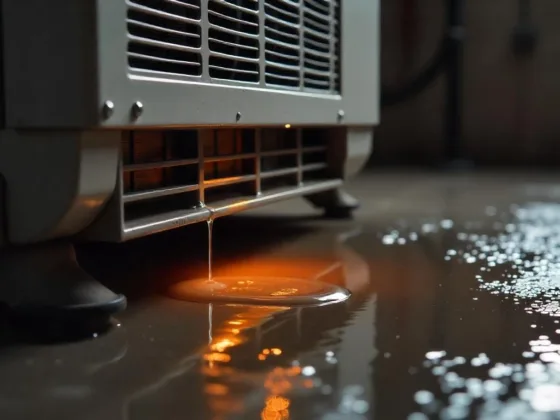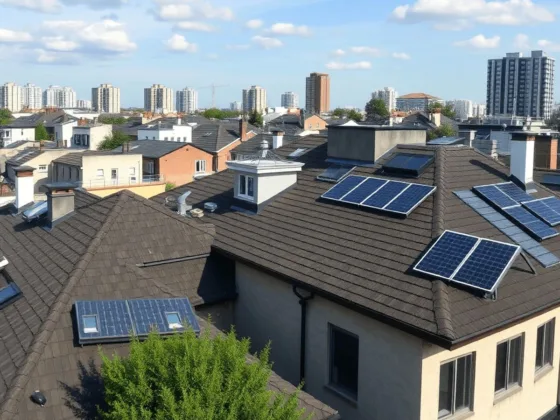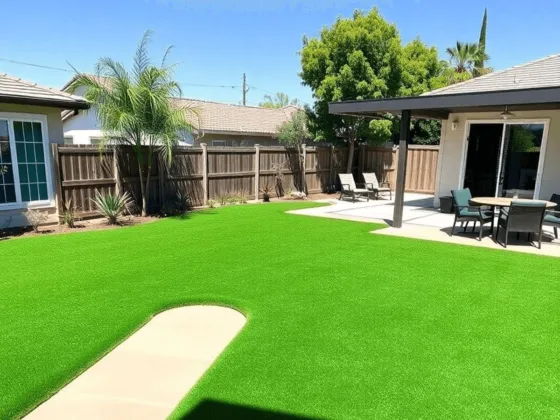When the electricity goes out, we need a backup power generator. You need to keep your food refrigerated and charge your electronics as well. During an urgent situation, you may not have access to fuel; however, you will always have the sun. So, how large of a solar generator will you need to use?
A tiny portable generator produces less than 1,000 watts which is why it can only power small items such as phones, laptops, and lights.
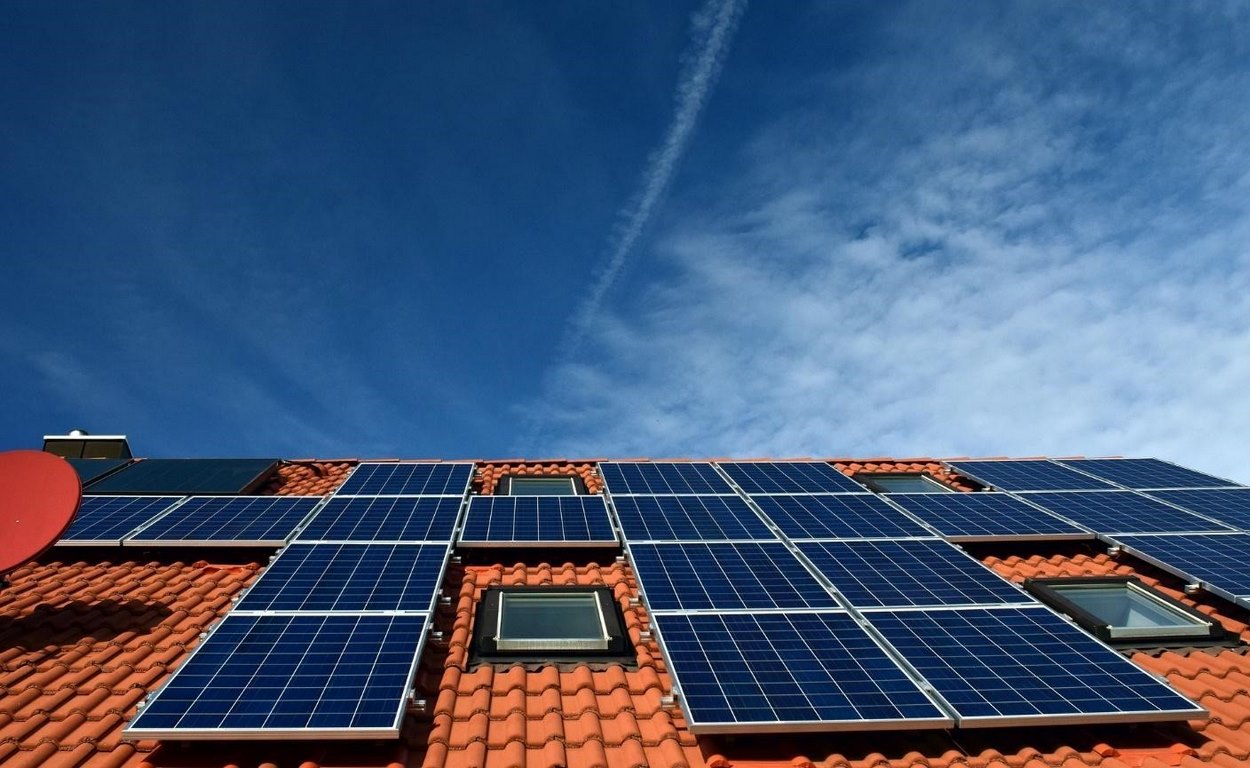
Larger equipment, such as a microwave and refrigerator, can only be charged by generators that can produce power between the range of 1,000 and 3,000 watts. Big solar generators with more than 5,000 watts of electricity are required to operate an entire house.
Solar generators are silent, do not use gas or other fuels, and require little maintenance.
However, there are numerous generators in the market, and several manufacturers claim that their generators will power your house better than others in an emergency. Continue reading to find out what a solar generator can truly achieve.
Types of Solar Powered Generators
Solar generators are roughly classified into two types: standby and portable. Before we go into the intricacies, let’s look at the benefits and drawbacks of each type.
1. Solar-Powered Generators for Home Backup
Generators that can produce backup power for an entire house are huge devices that can power several appliances in the house. Solar generators may be used and stored indoors since they are not fueled by gasoline.
Because of their huge size, they can supply power to more devices for a longer period. Their size is large, and they are not intended to be portable. Large generators have a large number of batteries, which raises the price significantly. Before labor, a 3000-watt setup may easily cost up to $5,000.
2. Small Solar Powered Portable Generator
Portable solar generators are compact, cost less, and can charge many appliances. They require little upkeep, and installation does not necessitate the use of an electrician.
Consider them as plug-and-play gadgets that will recharge your phones, provide light, and supply power to a few devices. These generators are also suitable for non-emergency circumstances.
You can use these generators for outdoor settings such as boating, camping, and RVs, etc.
Portable generators have solar panels which are significantly smaller in size than those we use for rooftop installation. But you do not need to carry solar panels with your portable charger on a camping trip because you can easily connect many portable generators into a car charger.
For appliances such as refrigerators, laptops, and other household appliances, a somewhat bigger solar generator, such as the generark homepower one with 2000W peak power, 1000W power output, and portable solar panels, work well.
When completely charged, it can power these gadgets during brief power outages and can last up to seven days.
Here are a few factors that you need to consider before buying a solar generator.
Read Also:
How Much Power Will You Need?
One of the most important factors to determine is the amount of power that you will be needing. You can calculate the amount of power required by the number of devices that you need to stay on or charge.
Do you only want to charge your phone and laptop and keep a few lights on? Or do you want your refrigerator to run and might be using the microwave as well? Remember, your need for power and the number of appliances will be directly proportional to the size of your solar generator.
You will need to plan out a list of appliances you want to run, which will eventually help you decide which solar generator you need. You will also figure out which solar generator’s output matches your requirement so you can finalize the purchase.
Create a list of all the types of equipment you want to utilize first. Include just those that can be connected into a standard home socket.
Water heaters and other appliances which are directly linked to the main switchboard will not function. Neither will an oven that requires a 220-volt connection.
Consider purchasing a portable heater or AC if air cooling or heat is required owing to your location or a medical condition.
After finalizing your list, you will need to note down the power requirements for those appliances. This information is generally displayed on the device in watts. This way, you will get the total power which you will be needing.
How Long Will You Power the Appliances?
Determine how long you intend to use each gadget. Watt-hours are a unit of measurement for how long your solar generator can keep a charge in hours. Learning the number of watts your devices will consume allows you to determine how many you can operate at once.
For example, you may utilize three-sixty-watt bulbs solely in the evening. The watt-hours are calculated by multiplying the total watts by the number of hours.
Tip: When planning for a scenario that involves using a generator, it is advisable to over-prepare.
If you buy a setup that can power a few basics for an entire day. But if the weather is cloudy for two days, the battery will eventually drain, and the food will spoil. It would be better to plan for two to five days without sufficient light.
Essential Features of a Solar Generator
Although the number of watts handled at one time and watt-hours of the solar generator is important, do not forget to look at the features of the solar generator you have chosen according to your needs. These features include:
1. Battery
We’ve previously addressed how your battery must contain enough watt-hours to allow you to utilize the generator’s power output when the blackout extends or if sunshine is scarce, or when you’re utilizing extra power than you had calculated. It is better to look for a generator with at least 2,000 watt-hours.
2. Capacity to Absorb Solar Energy
The more solar energy your generator can absorb, the faster it will recharge and the longer it will run. If it consumes 200 watts per hour, it will require ten hours of sunshine to charge completely.
With the assumption that you did not exhaust your battery and would most likely not get ten hours of maximum sunshine, trying to get the one with at least a 200-watt input should be the bare minimum.
Conclusion
A generator may be a lifeline if the electricity goes out. A solar generator operates indoors, does not require fuel, is silent, and is eco-friendly. Because portable generators are insufficient to power a complete house, you must choose which appliances are important.
Even if nothing, search for two figures: the number of watts it can produce at one time, which is generally listed in the name, as well as the number of watt-hours.



